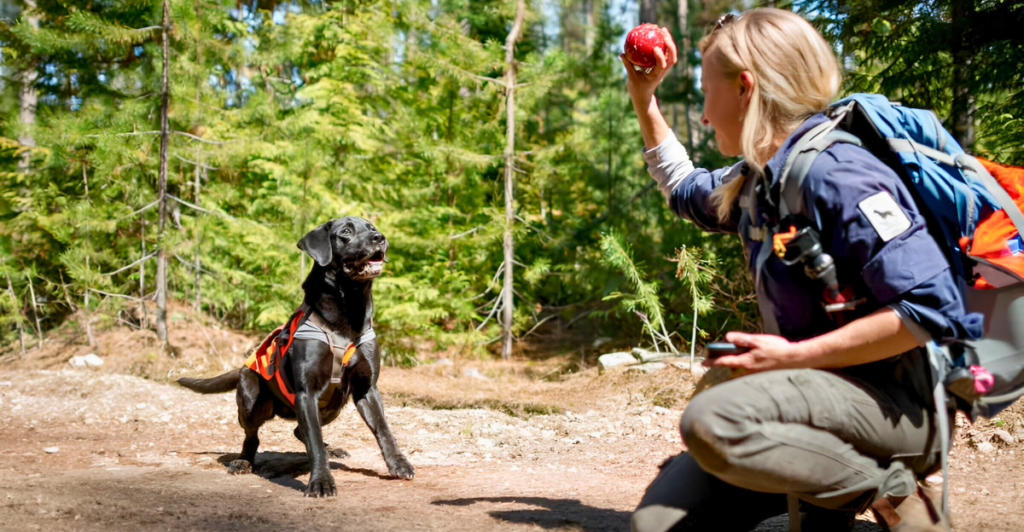
Conservation dogs are changing the paradigm for protecting wildlife by leveraging their incredible sense of smell, which is 10,000 to 100,000 times more sensitive than that of humans. These dogs are trained to sniff out invasive species, find endangered animals, and locate diseases throughout ecosystems. Their ability to cover vast areas quickly and accurately makes them invaluable in conservation efforts, often outperforming human teams and technology.
From sniffing out zebra mussels to tracking Burmese pythons, these dogs are not only pets — they are essential partners in preserving biodiversity. Their work is cost-effective and efficient and often the key to early intervention in ecological crises. Conservation dogs are proof that nature’s tools can outperform modern technology in protecting the planet. Here we look at 10 ways Conservation teams are using dogs.
1. Sniffing Invasive Species in Waterways
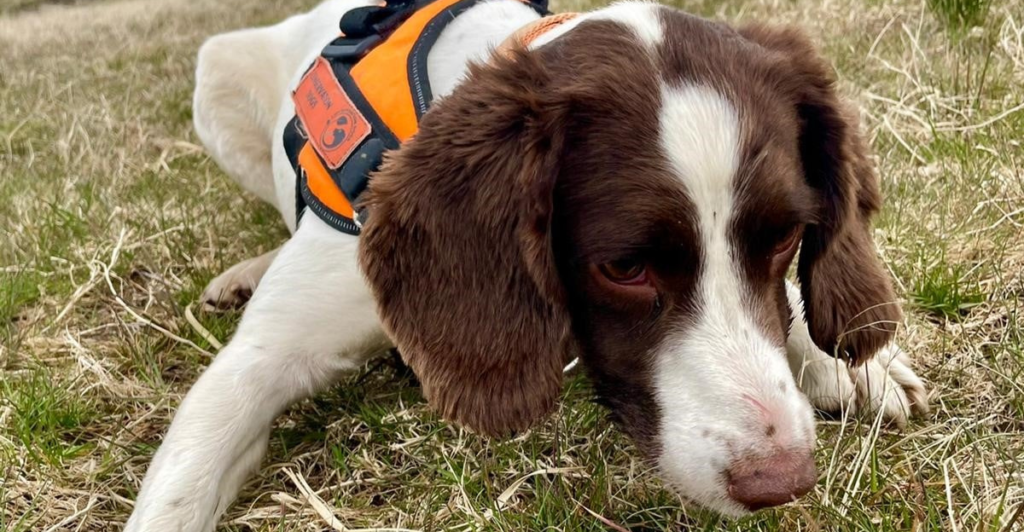
Conservation dogs have even been trained to find invasive species like zebra mussels which can devastate aquatic ecosystems. In Montana, dogs have been trained to sniff out microscopic larvae on boats, preventing their spread into pristine waterways.
This early detection is vital, as invasive species can cause hundreds of billions of dollars in economic damage each year. Dogs recognize these threats far more effectively than humans do, often discovering hidden invaders in minutes instead of hours.
Their incredible precision and speed make them indispensable in preventing ecological disasters. These dogs are also essential in protecting water quality and biodiversity.
2. Tracking Elusive Predators in Fragile Ecosystems
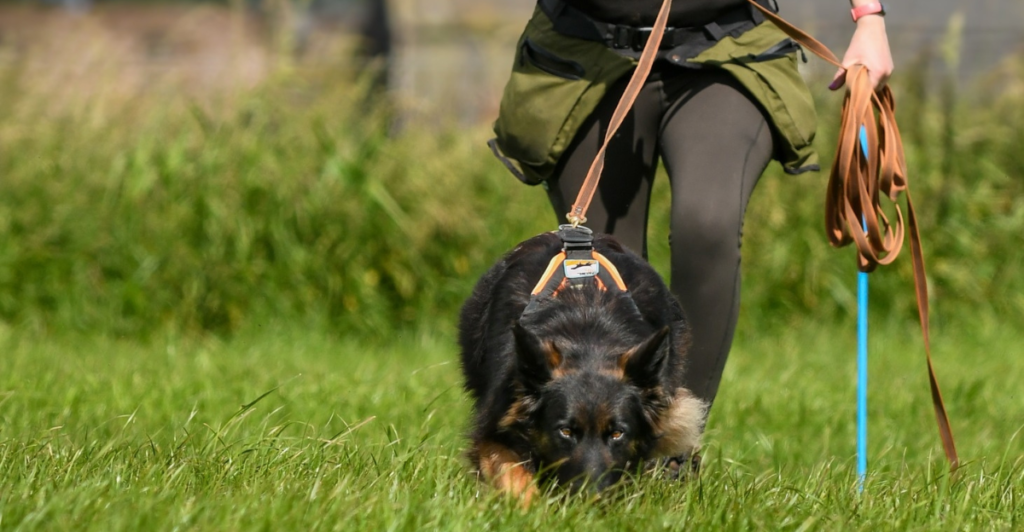
In the Florida Everglades, dogs help track Burmese pythons, which are almost impossible for humans to find. These invasive snakes are a serious threat to native wildlife, and dogs have proved to be the best tool for their removal.
Their ability to navigate difficult terrain and detect hidden predators makes them indispensable in protecting fragile ecosystems. By sniffing out and removing these predators, dogs are helping restore balance in the Everglades.
Their success under these difficult conditions highlights their adaptability and effectiveness in conservation efforts.
3. Scat Detection: A Unique Approach to Endangered Species Conservation
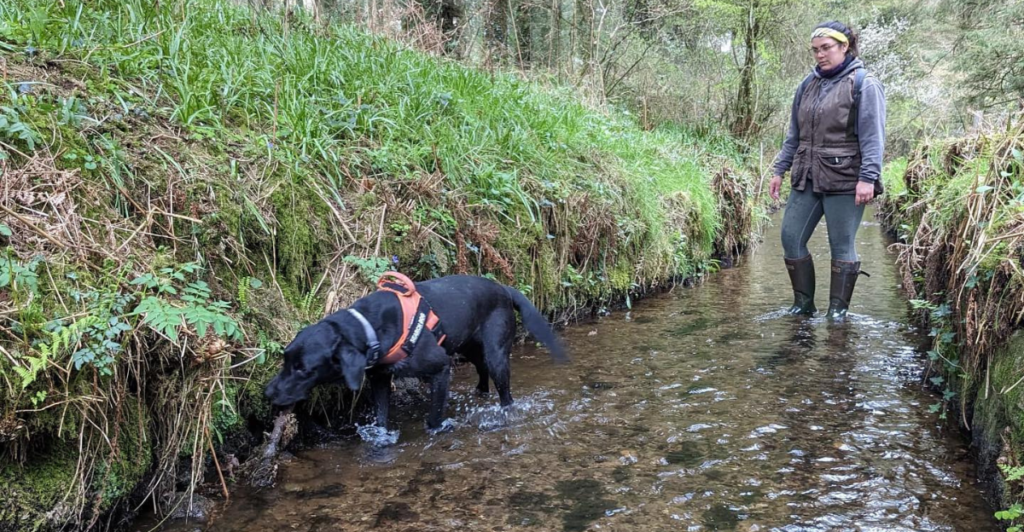
Dogs are trained to locate scat from endangered species, providing researchers with critical data they can use to learn more about the health and distribution of these populations.
In the U.K., dogs have been employed to track the greater crested newt, notoriously hard to find, as one example. This non-invasive method enables scientists to track species without disrupting their habitats, ensuring their long-term survival.
Dogs can detect scat from miles away, making them invaluable in large-scale conservation projects. They can also quickly and accurately gather data to assist with protecting endangered species and their surrounding ecosystems.
4. Finding Invasive Plants Before They Spread
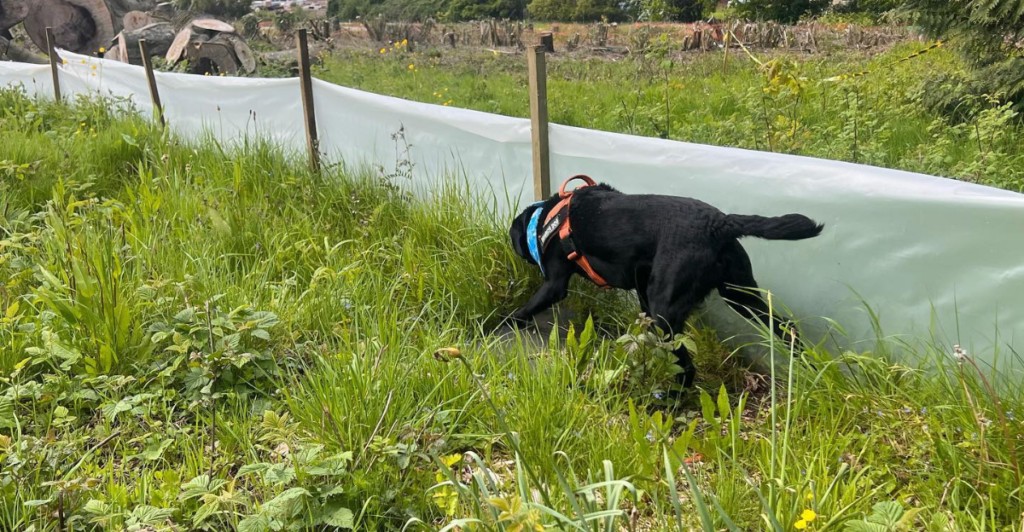
Dogs can help detect invasive plants such as Scotch broom and knotweed, which can spread rapidly and take over areas in which there once was native vegetation.
In New York’s Lower Hudson Valley, dogs have been employed to sniff out these plants across vast areas, leading to early removal and preventing ecological harm.
Their finely tuned sense of smell allows them to detect even small, hidden plants, making them an essential component in habitat restoration. By detecting invasive species early, dogs help protect and preserve native flora and maintain biodiversity. Their work also helps keep ecosystems that are threatened by invasive plants healthy.
5. Speeding up Conservation Efforts with Canine Efficiency
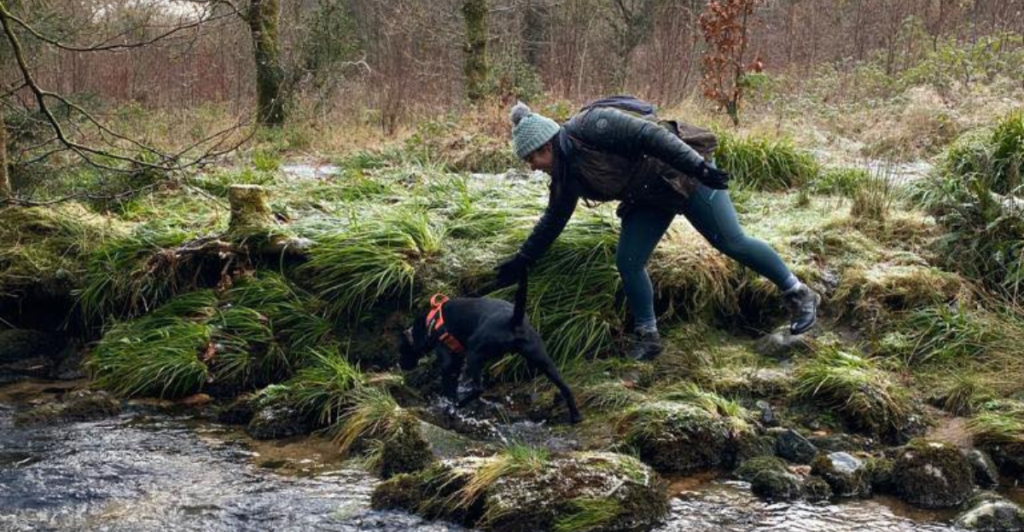
One conservation dog can cover an area up to 40 times faster than a human team. This speed is critical in identifying and exterminating invasive species before they can cause catastrophic problems.
Dogs can traverse rugged terrain and thick brush with ease, thus making them an effective and easy (and inexpensive) solution for conservation projects.
They help with speedy and accurate work to save time and resources, enabling conservation teams to take care of other important initiatives. Dogs’ efficiency makes them an invaluable resource for large-scale conservation management.
6. Protecting Pollinators from Invasive Species
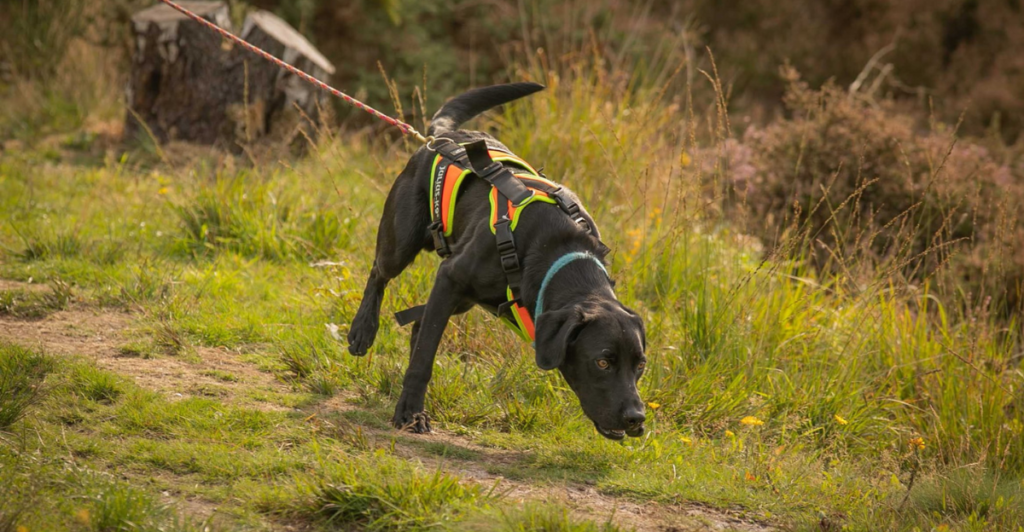
Dogs are being used to protect pollinators like e bees by detecting invasive species that threaten their habitats. Dogs, for example, can detect the invasive spotted lanternfly, an invasive insect that damages ecosystems and agriculture.
By identifying these threats early, dogs help safeguard pollinators and the plants that they support. Their work is essential to sustaining the health of ecosystems that depend on pollinators. By protecting these species, dogs contribute to the preservation of biodiversity and food security.
7. Distinguishing Between Related Species with Identical Diets
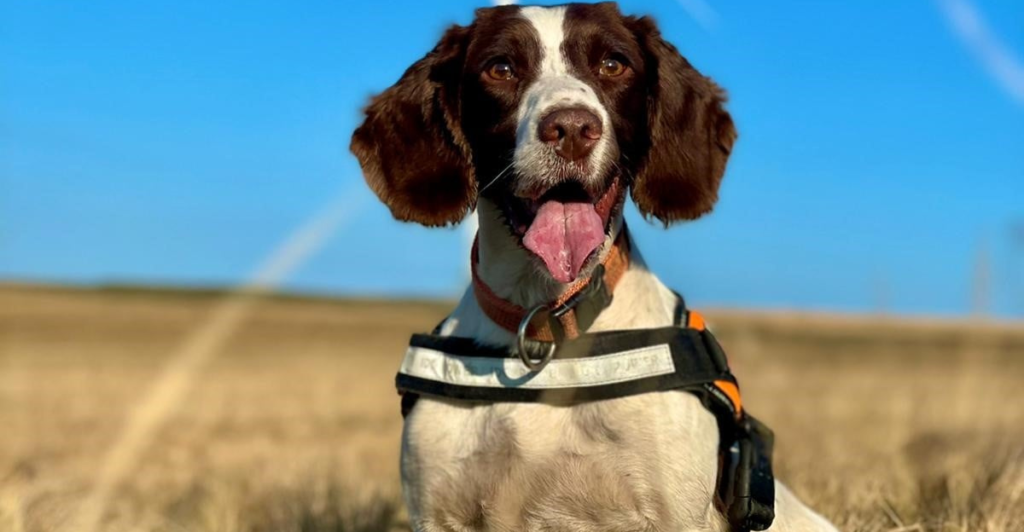
Dogs are able to tell the difference between scat from closely-related species, even when they eat the same diet. A 2019 study has shown that dogs can distinguish between American mink and Eurasian otter scat with 97% accuracy, allowing for faster and less resource-intensive conservation efforts.
This ability improves the accuracy of wildlife surveys and helps drive management strategies. Dogs’ precision in identifying species can lead to better conservation planning. Their efforts ensure that resources are allocated to the sectors that need the most, maximizing the impact of conservation efforts.
8. Preventing Economic Losses in Agriculture
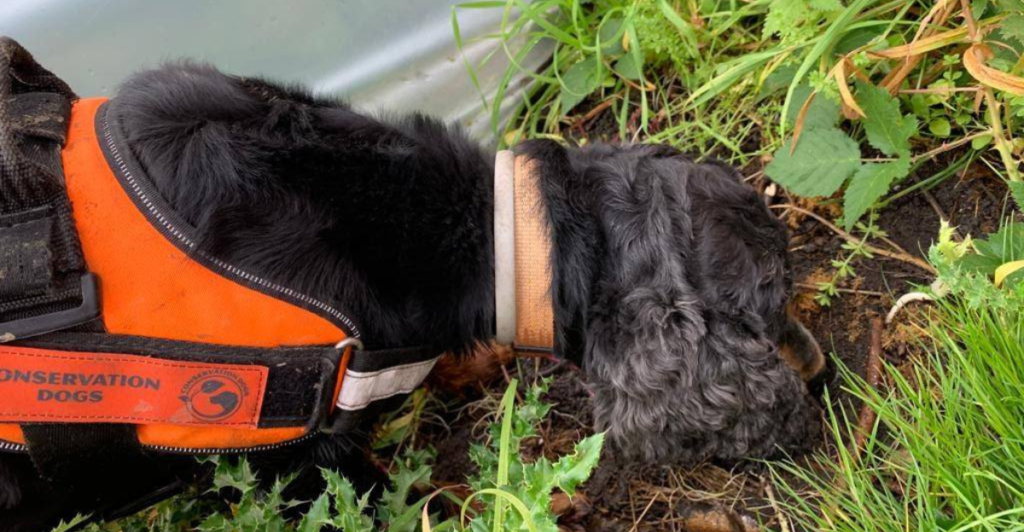
Farmers are using conservation dogs to detect pests and diseases in crops and prevent damage to their livelihoods. This early threat identification helps minimize crop losses and promotes sustainable agricultural practices.
Their work is particularly valuable in areas where invasive species threaten food security. Dogs’ ability to detect hidden pests and diseases means crops can be kept healthy and productive. Their contributions to agriculture highlight their versatility and importance in protecting both ecosystems and economies.
9. Enhancing Conservation with Low-Cost Solutions
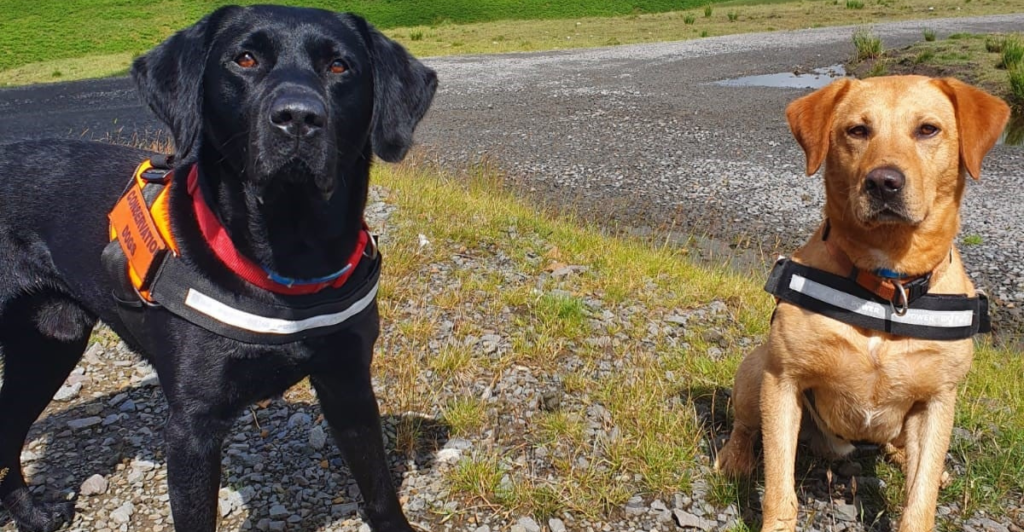
Compared to expensive detection equipment, conservation dogs offer a cost-effective alternative. They require only food, care, and training making them accessible for teams with limited budgets,
Their efficiency and versatility make them indispensable tools in conservation, reminding us that the best solutions are the simplest ones. Dogs’ ability to perform complex tasks at low cost makes it possible to carry out conservation efforts even where resources may be limited. Their work shows that we can use nature’s tools to protect the planet effectively and cost-efficiently.
Explore more of our trending stories and hit Follow to keep them coming to your feed!

Don’t miss out on more stories like this! Hit the Follow button at the top of this article to stay updated with the latest news. Share your thoughts in the comments—we’d love to hear from you!







